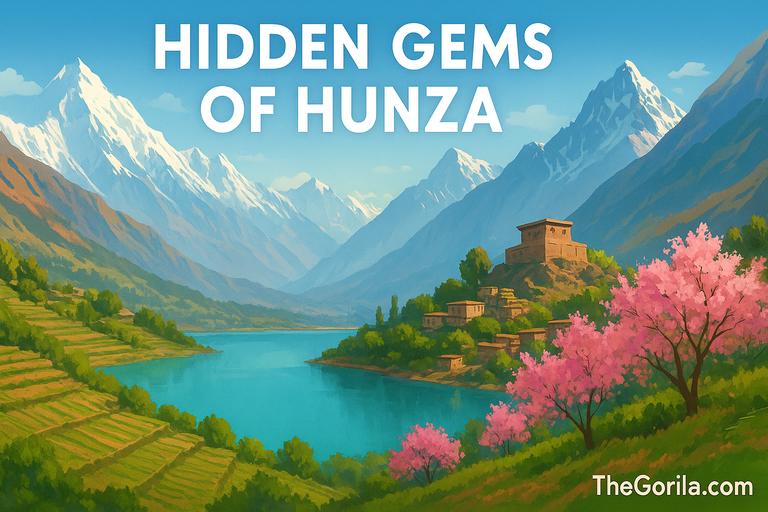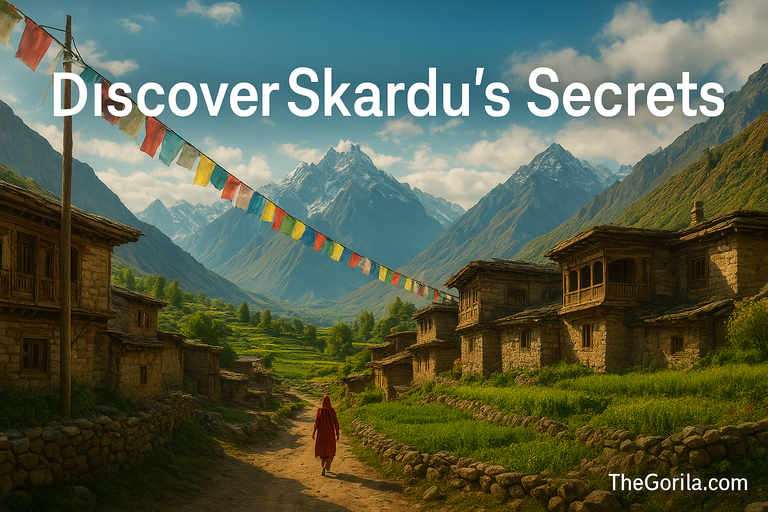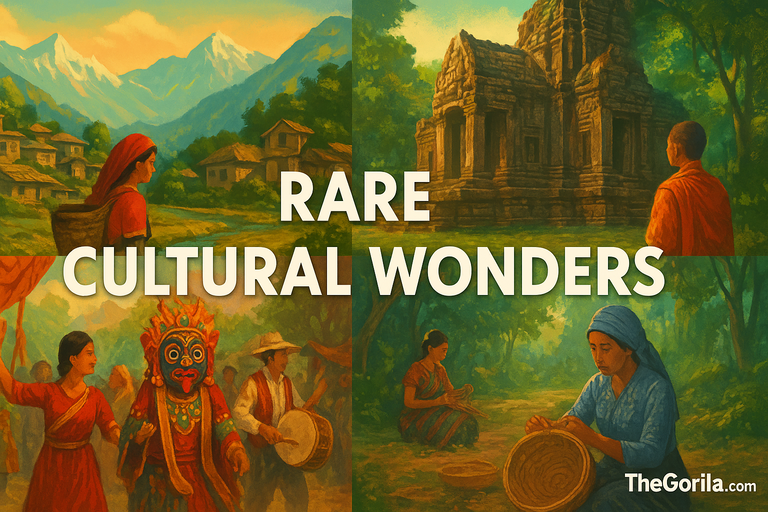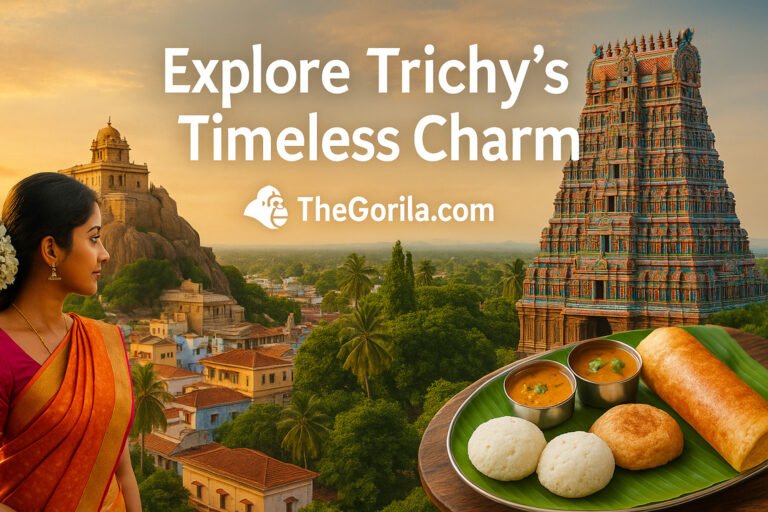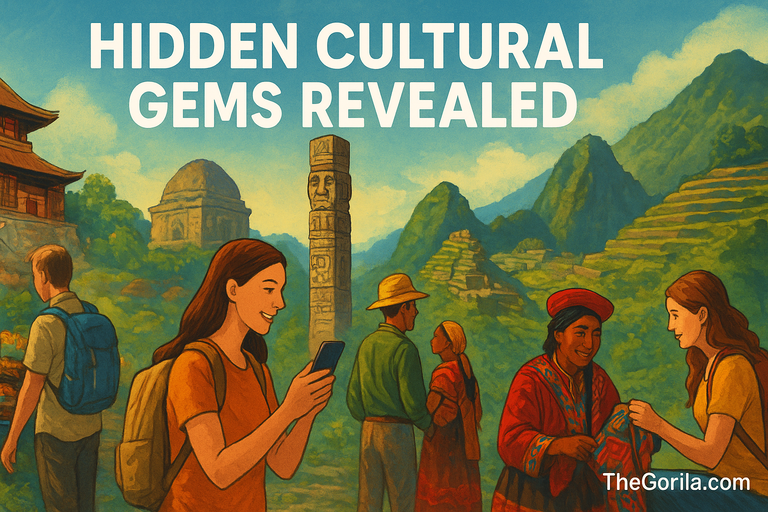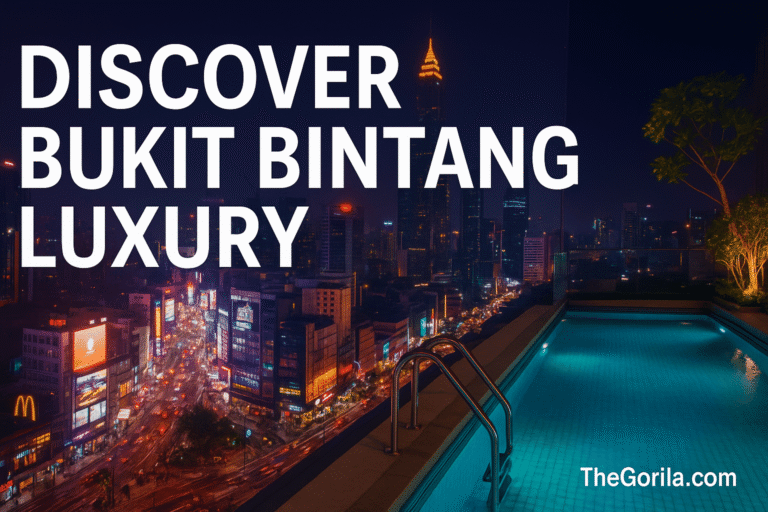Hidden Travel Gems of Hunza: Mystical Valleys & Untold Cultural Wonders
Northern Pakistan is home to some of the most breathtaking landscapes in the world, yet many of these wonders remain hidden from the average traveler. Among these, Hunza Valley stands out as a true paradise for those seeking serenity, adventure, and a deep connection with culture. Nestled in the Karakoram mountain range, Hunza is a destination that captivates visitors with its stunning natural beauty, rich traditions, and historical significance. In this guide, we will uncover the Hidden Travel Gems of Hunza, providing you with everything you need to explore this mystical valley.
Table of Contents
Introduction to Hunza Valley
Hunza Valley, located in the Gilgit-Baltistan region of Northern Pakistan, is often described as a postcard come to life. Surrounded by towering peaks such as Rakaposhi and Ultar Sar, this valley boasts scenic vistas, glacial lakes, and terraced fields that reflect centuries of local heritage. Hunza is not just a feast for the eyes but also a treasure trove of cultural experiences, where centuries-old traditions remain alive in daily life.
The valley has a long history, with settlements dating back thousands of years. Hunza was historically a strategic trade route between China and South Asia, which shaped its unique culture, architecture, and cuisine. Today, it stands as one of the most coveted hidden travel gems of Hunza, attracting travelers looking for experiences beyond the typical tourist trail.
Why Hunza is Considered a Hidden Travel Gem
Unlike more commercialized destinations, Hunza maintains its pristine environment and untouched charm. Its combination of natural beauty, rich cultural heritage, and remote location make it a true hidden gem in Pakistan.
Scenic Valleys and Natural Beauty of Hunza
Hunza Valley is synonymous with breathtaking landscapes. Majestic mountains, crystal-clear rivers, and lush green fields form a picture-perfect setting for travelers. Rakaposhi, standing at 7,788 meters, dominates the horizon, while Ultar Sar adds another layer of grandeur to the scenery.
Hunza is also home to stunning lakes such as Attabad Lake, formed after a landslide in 2010, and Borith Lake, a haven for migratory birds. These serene water bodies offer activities like boating, photography, and tranquil relaxation amidst nature. For those fascinated by northern valleys, you may also enjoy reading about Hidden Cultural Gems of Skardu, another incredible northern destination.
Rich Cultural Heritage and Traditions
The valley is inhabited primarily by the Burusho people, who speak the unique Burushaski language and have preserved their cultural heritage for generations. Traditional music, vibrant festivals, and local crafts make Hunza a living museum of culture. Festivals like the Ginani Festival celebrate seasonal harvests and local customs, offering visitors a glimpse into the valley’s vibrant traditions.
Exploring Hunza is a cultural immersion as much as it is a visual one. The valley’s historic forts, such as Baltit and Altit Forts, showcase ancient architecture and centuries-old stories. For travelers interested in learning more about untouched cultural traditions, check out Exploring Hidden Cultural Gems.
Must-Visit Destinations in Hunza
Hunza offers a wealth of attractions, from natural wonders to historical sites. Here’s a detailed guide to the must-see spots:
Forts, Lakes, and Mountain Passes
- Baltit Fort: Over 700 years old, this fort offers panoramic views of Karimabad and the surrounding mountains.
- Altit Fort: A symbol of Hunza’s royal heritage, restored to highlight the architectural brilliance of the region.
- Khunjerab Pass: One of the highest paved border crossings in the world, offering spectacular mountain vistas.
- Attabad Lake: A serene turquoise lake formed by a natural disaster, perfect for boating and photography.
For more comprehensive travel details and tips, refer to the Hunza Valley Travel Guide – PakistanTraveler.com.
Local Villages and Festivals
- Karimabad: The heart of Hunza Valley with cozy guesthouses, cafes, and breathtaking views.
- Hopper Valley & Gulmit: Lesser-known villages that provide authentic cultural experiences.
- Festivals: Witness local traditions through celebrations like the Ginani Festival, music performances, and traditional dances.
Hunza’s villages offer a chance to experience local crafts, hand-woven textiles, and authentic cuisine, making every visit an immersive cultural journey.
Travel Tips for Exploring Hunza
Planning your trip properly ensures a safe and memorable experience in Hunza.
Best Time to Visit
- Spring (March-May): Blooming flowers and moderate weather.
- Summer (June-August): Ideal for trekking and exploring high-altitude passes.
- Autumn (September-November): Vibrant foliage colors and clear skies.
- Winter (December-February): Snow-covered peaks and serene landscapes, though some roads may be closed.
Accommodation, Food, and Local Experiences
Hunza offers a variety of accommodations, from boutique hotels to local guesthouses and homestays. Savor traditional Hunza cuisine, including dishes like Chapshuro and Yak meat specialties. Activities include trekking, photography, and cultural tours, ensuring every traveler finds a perfect way to experience the valley.
For readers interested in exploring more cultural destinations beyond Pakistan, check out Trichy Travel Guide for an international perspective.
Hunza in Comparison with Other Hidden Cultural Gems
While northern Pakistan is dotted with hidden gems, Hunza stands out for its combination of natural beauty and living traditions. Compared to Skardu, Hunza offers a more compact valley experience with accessible peaks, lakes, and historical forts. Both destinations complement each other, showcasing the diversity of Pakistan’s untouched cultural landscapes.
Conclusion: Experiencing the Untouched Beauty of Hunza
Hunza Valley is more than just a travel destination—it is a journey into the heart of Northern Pakistan’s natural and cultural splendor. With its majestic mountains, serene lakes, and vibrant traditions, it truly embodies the essence of Hidden Travel Gems of Hunza.
Whether you are an adventure seeker, a culture enthusiast, or a photography lover, Hunza offers something unique for everyone. Plan your visit to explore this mystical valley and experience the untouched beauty that continues to mesmerize travelers from around the world.
FAQs About the Hidden Travel Gems of Hunza
1. What makes Hunza Valley a hidden travel gem?
Hunza Valley is considered a hidden travel gem because of its untouched natural beauty, rich cultural traditions, and scenic landscapes that remain less commercialized compared to other tourist destinations in Pakistan. Its valleys, lakes, and ancient villages offer a rare, peaceful travel experience.
2. What is the best time to visit Hunza Valley?
The best time to visit Hunza is from April to October. Spring brings cherry blossoms, summer is ideal for trekking, and autumn offers breathtaking golden foliage. Winter is scenic but cold, with limited road access.
3. Which places should I visit to explore the Hidden Travel Gems of Hunza?
Must-visit places include Baltit Fort, Altit Fort, Attabad Lake, Hopper Valley, Karimabad, and Khunjerab Pass. Each location offers something unique—history, culture, or dramatic landscapes.
4. Is Hunza Valley safe for tourists?
Yes, Hunza is considered one of the safest and most tourist-friendly destinations in Pakistan. The locals are hospitable, crime rates are low, and the region welcomes travelers year-round.
5. How many days are enough to explore Hunza fully?
A 5–7 day trip is ideal for exploring the key attractions, experiencing local culture, and visiting nearby spots like Passu, Gulmit, and Khunjerab Pass without rushing.
6. What should I pack for a trip to Hunza?
Pack warm clothing, especially in spring and autumn, as temperatures drop at night. Bring trekking shoes, a power bank, sunscreen, and a good camera—Hunza’s views are unforgettable.
7. Can families visit Hunza Valley easily?
Absolutely. Hunza is family-friendly with good accommodation options, safe roads (weather permitting), and plenty of easy sightseeing spots suitable for all ages.
8. Are there budget-friendly travel options in Hunza?
Yes, travelers can choose between budget guesthouses, mid-range hotels, and homestays. Local transportation like shared jeeps and vans also helps reduce costs.
9. Is internet available in Hunza Valley?
Internet is available, but speeds vary. Major towns like Karimabad have stable connections, but remote villages may have weaker signals.
10. Why is Hunza culturally significant?
Hunza is home to the ancient Burusho community, historic forts, unique festivals, and traditional music. Its centuries-old heritage makes it a cultural treasure of Northern Pakistan, adding to the charm of the Hidden Travel Gems of Hunza.

